Palmer Pinot Blanc Estate 2002

Product Details
Your Rating
Somm Note
Winemaker Notes

Greatly appreciated, along with the other accolades the winery has received in the past decade, the praise reflects the efforts of the Palmer team as it strives to uphold Bob Palmer's pledge of quality. "I've got to be careful," Palmer says, "my name is on every bottle." Each staff member contributes a unique factor much the same as a winemaker selects the best of various lots to craft a special blend.
Because of his long experience in the region, Tom Drozd has become one of the East Ends most knowledgeable winemakers. His grasp of the various components of soil and climate enable him to take advantage of the best of each harvest. The result? Classically structured vinifera wines.
Bob Palmer's marketing efforts have made Palmer the most visible and best known Long Island producer. With his experience in New York's fast track advertising business to guide him, he spends almost six months out of each year on the road selling Palmer.
Looking back on sales experiences which, have taken him as far as the United Kingdom, He notes, "I've seen a dramatic change in the reception we have received since we started our trips in 1987. Today, even if people haven't tasted our wines, they know the name and are eager to try them." Palmer credits an active public relations campaign to this high recognition factor as well as favorable reviews by leading writers in the international wine press.

Approachable, aromatic and pleasantly plush on the palate, Pinot Blanc is a white grape variety most associated with the Alsace region of France. Although its heritage is Burgundian, today it is rarely found there and instead thrives throughout central Europe, namely Germany and Austria, where it is known as Weissburgunder and Alto Adige where it is called Pinot Bianco. Interestingly, Pinot Blanc was born out of a mutation of the pink-skinned Pinot Gris. Somm Secret—Chardonnay fans looking to try something new would benefit from giving Pinot Blanc a try.

Increasingly garnering widespread and well-deserved attention, New York ranks third in wine production in the United States (after California and Washington). Divided into six AVAs—the Finger Lakes, Lake Erie, Hudson River, Long Island, Champlain Valley of New York and the Niagara Escarpment, which crosses over into Michigan as well as Ontario, Canada—the state experiences varied climates, but in general summers are warm and humid while winters are very cold and can carry the risk of frost well into the growing season.
The Finger Lakes region has long been responsible for some of the country’s finest Riesling, and is gaining traction with elegant, light-bodied Pinot Noir and Cabernet Franc. Experimentation with cold-hardy European varieties is common, and recent years have seen the successful planting of grapes like Grüner Veltliner and Saperavi (from the Eastern European country of Georgia). Long Island, on the other hand, has a more maritime climate influenced by the Atlantic Ocean, and shares some viticultural characteristics with Bordeaux. Accordingly, the best wines here are made from Merlot and Cabernet Franc. The Niagara Escarpment is responsible for excellent ice wines, usually made from the hybrid variety, Vidal.